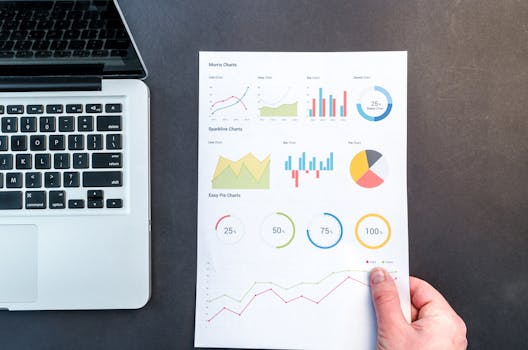Big Data Analytics: Harnessing Large Volumes of Data for Strategic Decision-Making
In today’s digital age, the sheer volume of data generated every second is staggering. From social media interactions to online transactions, businesses are inundated with information. Big data analytics has emerged as a powerful tool that allows organizations to sift through this vast amount of data to identify trends, make informed decisions, and gain a competitive edge. This article explores the significance of big data analytics, its applications, and how it can transform strategic decision-making.
Understanding Big Data Analytics
Big data analytics refers to the process of examining large and varied data sets—often referred to as the “three Vs”: volume, velocity, and variety—to uncover hidden patterns, correlations, and insights. The goal is to leverage this information to enhance business operations and drive strategic initiatives.
The Three Vs of Big Data
- Volume: Refers to the vast amounts of data generated every day. For instance, it is estimated that 2.5 quintillion bytes of data are created daily.
- Velocity: The speed at which data is generated and processed. Real-time data analytics allows businesses to respond quickly to market changes.
- Variety: The different types of data, including structured, semi-structured, and unstructured data from various sources such as social media, sensors, and transaction records.
Applications of Big Data Analytics
Big data analytics has a wide range of applications across various industries. Here are some notable examples:
1. Retail Industry
Retailers use big data analytics to understand consumer behavior, optimize inventory, and enhance customer experience. For instance, Target employs predictive analytics to identify shopping patterns and tailor marketing strategies. By analyzing purchase history and demographic data, Target can predict what products customers are likely to buy, allowing for personalized promotions.
2. Healthcare Sector
In healthcare, big data analytics plays a crucial role in improving patient outcomes and operational efficiency. Hospitals analyze patient data to identify trends in disease outbreaks, optimize treatment plans, and reduce costs. For example, Mount Sinai Health System in New York uses big data to predict patient readmissions, enabling proactive interventions that improve care and reduce expenses.
3. Financial Services
Financial institutions leverage big data analytics for risk management, fraud detection, and customer segmentation. By analyzing transaction data in real-time, banks can identify suspicious activities and prevent fraud. JPMorgan Chase utilizes big data to enhance its risk assessment models, leading to more informed lending decisions.
Benefits of Big Data Analytics
The advantages of implementing big data analytics are manifold:
- Informed Decision-Making: Organizations can make data-driven decisions rather than relying on intuition or outdated information.
- Enhanced Customer Insights: Businesses can gain a deeper understanding of customer preferences and behaviors, leading to improved products and services.
- Operational Efficiency: By analyzing data, companies can identify inefficiencies in their operations and streamline processes.
- Competitive Advantage: Organizations that effectively utilize big data analytics can stay ahead of competitors by anticipating market trends and consumer needs.
Challenges in Big Data Analytics
Despite its benefits, big data analytics comes with challenges that organizations must navigate:
- Data Quality: Ensuring the accuracy and reliability of data is crucial for meaningful analysis.
- Data Privacy: Organizations must comply with regulations regarding data protection and privacy, which can complicate data collection and analysis.
- Skill Gap: There is a shortage of skilled professionals who can analyze and interpret big data effectively.
Conclusion
Big data analytics is revolutionizing the way organizations operate and make strategic decisions. By harnessing large volumes of data, businesses can uncover valuable insights that drive innovation and enhance customer satisfaction. While challenges exist, the potential benefits far outweigh the obstacles. As technology continues to evolve, the importance of big data analytics will only grow, making it an essential component of modern business strategy. Embracing this powerful tool can lead to informed decision-making, operational efficiency, and a significant competitive advantage in an increasingly data-driven world.
